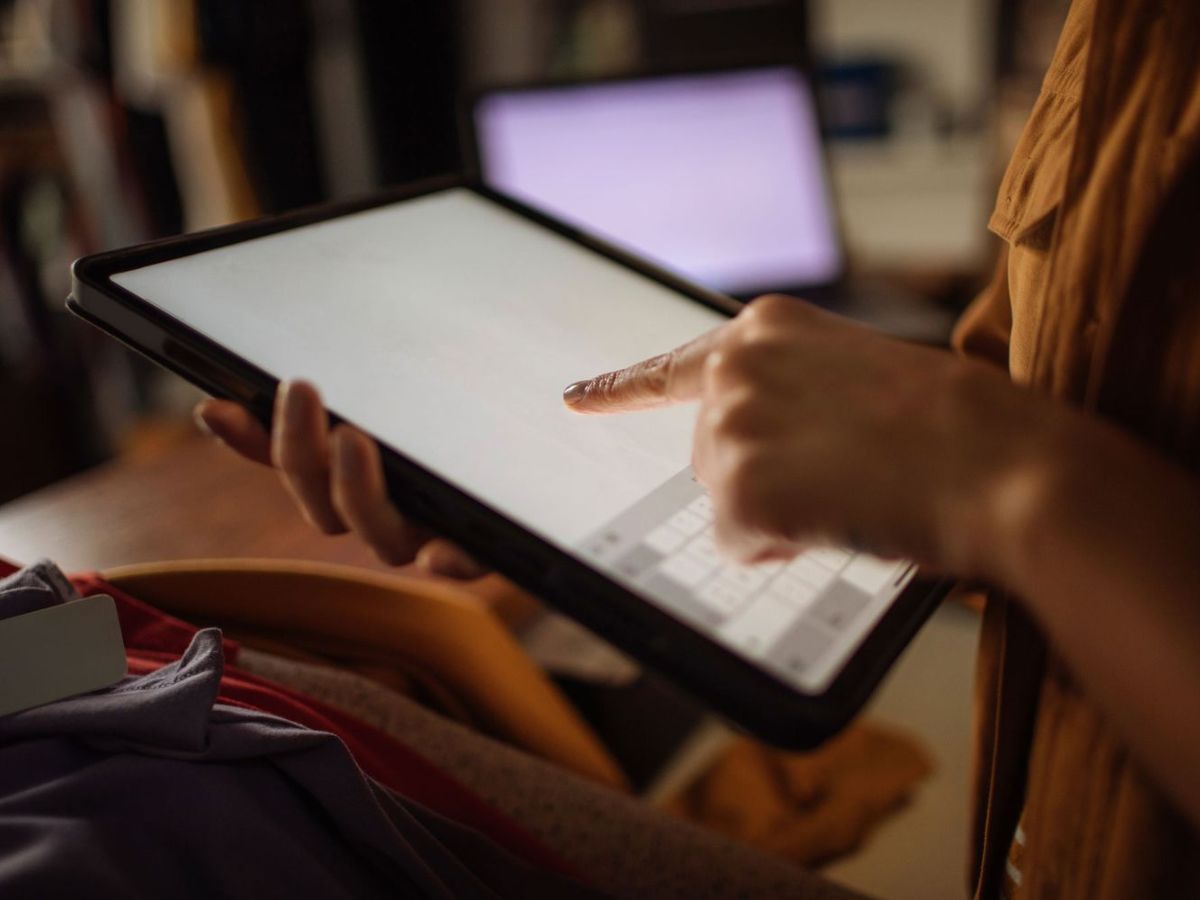
Introduction
Android tablets are versatile devices used for various tasks, from entertainment to productivity. However, they can sometimes malfunction, leading to issues such as not turning on or charging. This article guides you through a comprehensive troubleshooting process to help diagnose and potentially fix these problems.
Step 1: Basic Troubleshooting
Before diving into advanced steps, perform some basic troubleshooting to rule out simple issues.
1.1 Check the Power Source
- Ensure the power adapter and cable work correctly.
- Try charging another device with the same power adapter and cable to confirm their functionality.
1.2 Clean the Charging Port
- Dust and lint can accumulate in the charging port, preventing proper charging.
- Use a soft brush or a cotton swab to clean out any debris from the charging port.
1.3 Inspect the Charging Cable
- Check the charging cable for any signs of damage such as cuts, frays, or corrosion.
- If the cable is damaged, replace it with a new one.
1.4 Use a Different Power Outlet
- Sometimes, the issue might be with the power outlet.
- Try plugging the tablet into a different outlet to rule out any electrical issues.
Step 2: Restarting the Tablet
Restarting your tablet is often the simplest and most effective solution to many problems.
2.1 Hold Down the Power Button
- Try holding down the power button for 5-7 seconds. This usually restarts a phone and might work for tablets as well.
2.2 Press and Hold for 60 Seconds
- If holding down the power button for a few seconds doesn't work, try pressing and holding it for a full 60 seconds. This can sometimes force the tablet to turn on.
Step 3: Advanced Troubleshooting
If restarting the tablet doesn't work, you may need to perform more advanced troubleshooting steps.
3.1 Charge for an Extended Period
- If your tablet doesn't show any signs of charging, try charging it for an extended period—usually at least 30 minutes—to see if it will turn on.
3.2 Use Multiple Charging Methods
- Try charging your tablet using different methods:
- USB-C Port: If your tablet has a USB-C port, try charging it through this port.
- Wireless Charging: If your tablet supports wireless charging, try using a wireless charger.
- Different Charger: Use a different charger to rule out any issues with the current charger.
3.3 Press and Hold Multiple Buttons
- For some tablets, pressing and holding multiple buttons simultaneously can help diagnose and potentially fix issues:
- Volume Down + Power Button: Hold down both the volume-down button and the power button at the same time for at least 20 seconds. This can sometimes force the tablet to turn on.
- Power + Volume Up/Down: For some Samsung tablets, holding down both the power button and either the volume up or down button can help diagnose issues.
Step 4: Troubleshooting Battery Issues
Battery issues are common and can be tricky to diagnose.
4.1 Check Battery Icon
- When you plug in your tablet, check if you see a battery icon or a red light. If you see a battery icon, your tablet is powered off and is charging. You can restart right away.
4.2 Red Light Indication
- If you see a red light:
- Fully Discharged: If the red light is steady, it indicates that your battery is fully discharged. Charge your tablet for at least 30 minutes before trying to turn it on.
- Low Power: If the red light is flashing, it means there isn't enough power to turn on the tablet. Charge it for at least 30 minutes before trying again.
Step 5: Troubleshooting Screen Issues
Sometimes, the issue might not be with the charging but with the screen.
5.1 Press Power Button for 30 Seconds
- Press and hold the power button for about 30 seconds. This can sometimes force the screen to turn on.
5.2 Wait and Make It Ring
- Wait for about 2 minutes and then make your tablet ring by calling it from another phone or using Find My Device. If it rings, you can proceed with troubleshooting the screen.
Step 6: Advanced Screen Troubleshooting
If making it ring doesn't work, you may need to perform more advanced steps:
6.1 Connect to Computer
- Connect your tablet to your computer's USB or USB-C port using a working cable. Wait about 10–15 minutes and then disconnect and reconnect the cable within 10 seconds. If you see a battery icon within one minute, your tablet is powered off and charging.
6.2 Charge for 30 Minutes
- Charge your tablet for at least 30 minutes and then press and hold the power button until it restarts. You might need to tap Restart on the screen.
Step 7: Factory Reset
If none of the above steps work, you might need to perform a factory reset.
7.1 Backup Data
- Before performing a factory reset, make sure to backup any important data on your tablet.
7.2 Factory Reset Process
- The process for performing a factory reset varies depending on your tablet model. Generally:
- Settings App: Go to Settings > System > Advanced > Reset options.
- Recovery Mode: Press and hold both volume-down and power buttons simultaneously until you see the recovery mode screen. Use the volume buttons to navigate and select "Wipe data/factory reset" and then confirm with the power button.
By following this guide, you should be able to get your tablet up and running again, ensuring continued use for all your needs. Always handle electronic devices with care and keep them clean to prevent future malfunctions.
